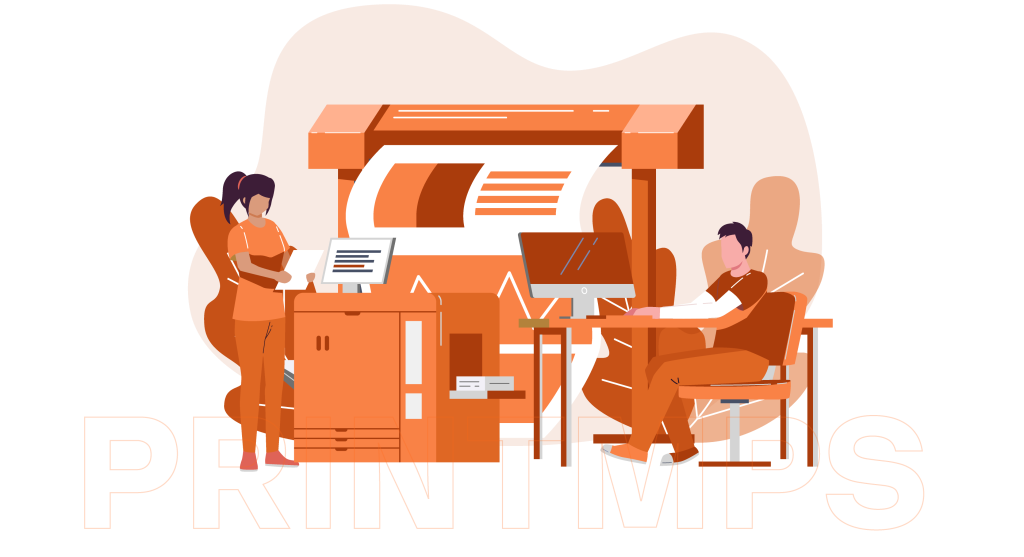
Managing printers in a networked environment can be a challenging task, especially as businesses deal with a mix of new and old devices. Implementing a print management solution can streamline operations and improve efficiency. In this article, we'll explore some tips and tricks for managing both new and old printers in a networked environment using print management solutions
Centralized Print Management
Utilize a printer management solution that offers centralized management capabilities. This allows administrators to monitor and manage all printers from a single interface, simplifying tasks such as driver updates, firmware upgrades, and troubleshooting.
Standardize Printer Configurations
Standardize printer configurations across the network to ensure consistency and ease of management. This includes settings such as paper sizes, print quality, and default settings. By standardizing configurations, administrators can reduce potential issues and streamline support processes.


Remote Monitoring and Management
Implement print quotas and restrictions to control printing costs and prevent misuse of resources. Printer management solutions often include features such as user authentication, job tracking, and access controls, allowing administrators to enforce printing policies and monitor usage.
Monitor Printer Usage and Performance
Monitor printer usage and performance metrics to identify trends and optimize resource allocation. Print management solutions provide insights into printing habits, such as peak usage times and frequently used printers, allowing administrators to make informed decisions about printer placement and capacity planning.
Regular Maintenance and Updates
Schedule regular maintenance and updates for both new and old printers to ensure optimal performance and security. This includes cleaning, calibration, and firmware upgrades. Print management solutions can automate maintenance tasks and provide alerts for upcoming maintenance requirements.
Implement Secure Printing Practices
Implement secure printing practices to protect sensitive documents and data. Print management solutions offer features such as secure release printing, encryption, and user authentication to ensure that documents are only printed by authorized users and devices.
Regularly Review and Optimize
Regularly review printer usage and performance data to identify areas for improvement and optimization. Print management solutions provide detailed reports and analytics that can help administrators identify inefficiencies and implement strategies for improvement.
Conclusion:
Managing printers in a networked environment requires careful planning, proactive maintenance, and the right tools. By implementing a print management solution and following these tips and tricks, businesses can streamline operations, reduce costs, and improve efficiency across their printing infrastructure.
-- Team PrintMPS
